The True Story of the Time the Government Printed a $100,000 Bill
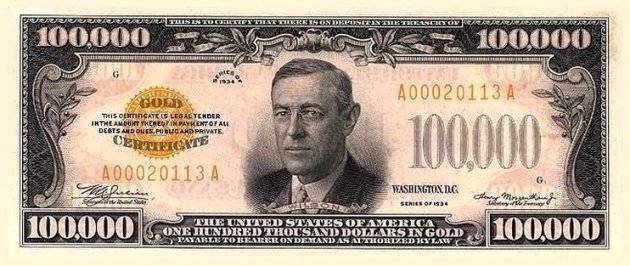
A $1 trillion-dollar coin seems like a high denomination to ask the government to print.
Some say its weight could sink the Titanic! (This is benightedly ludicrous).
But one time, the U.S. government actually got 1/10000000th of the way there — by printing a $100,000 bill. And it really helped the economy.
The year was 1933. We were in the midst of a worldwide depression characterized by massive deflation.
 |
| St. Louis Fed |
The reason: no one was buying anything with cash.







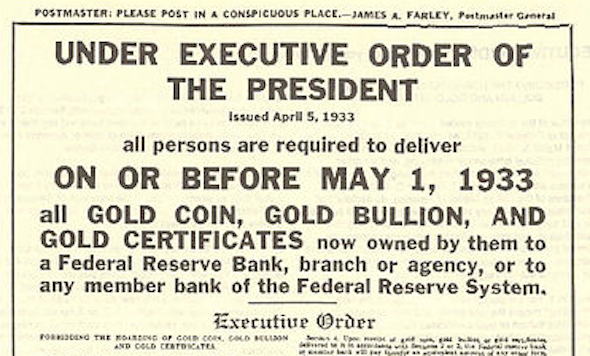
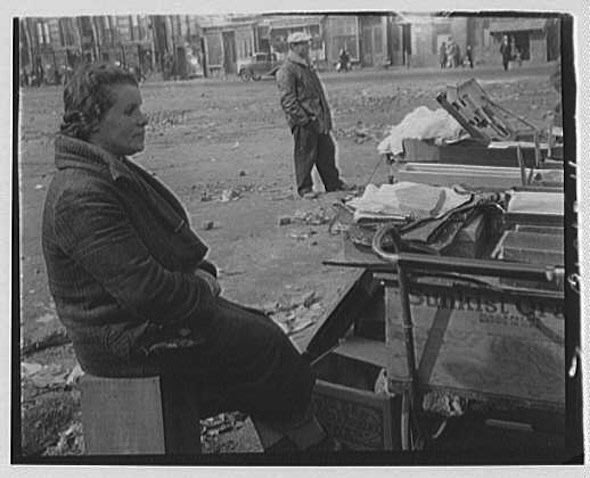

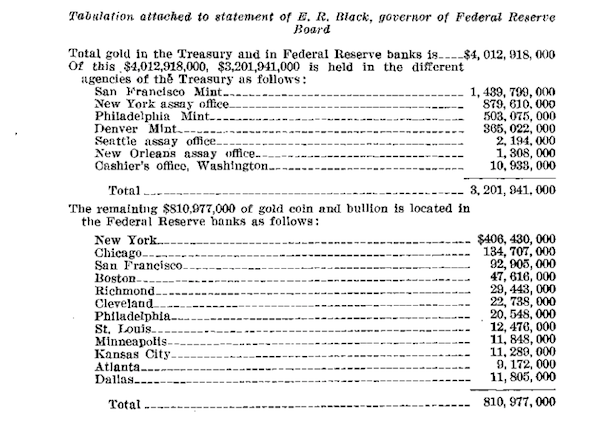

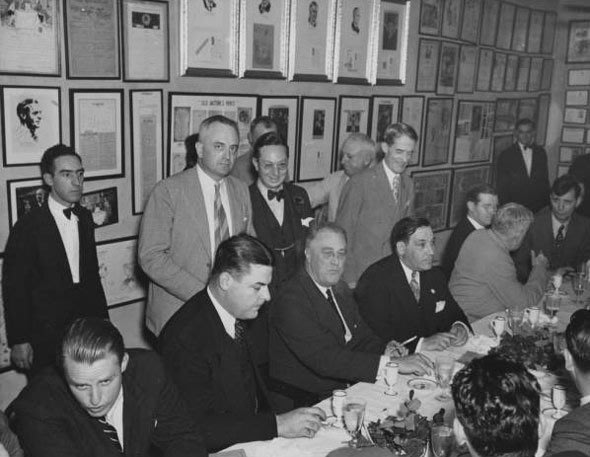
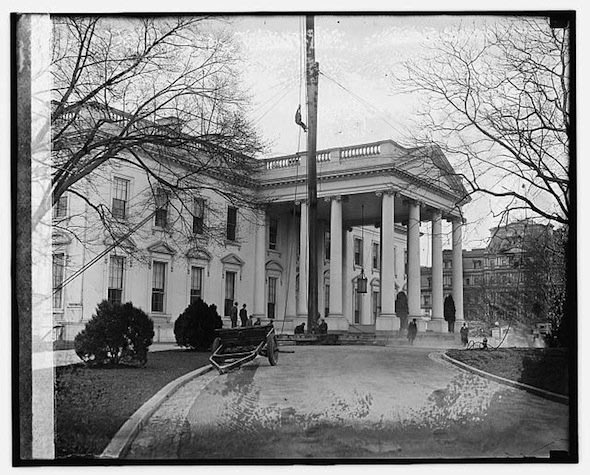
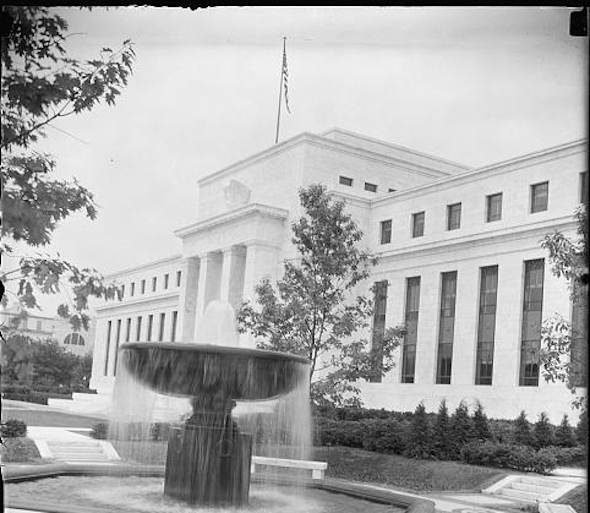
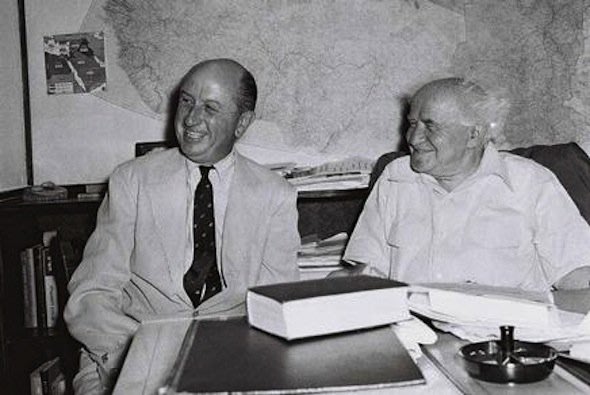
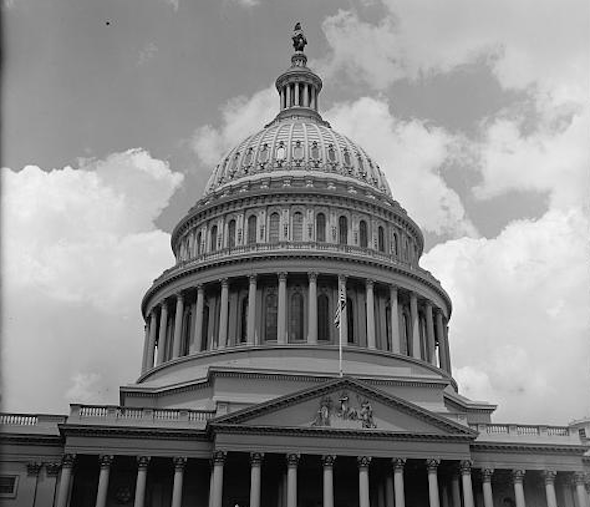
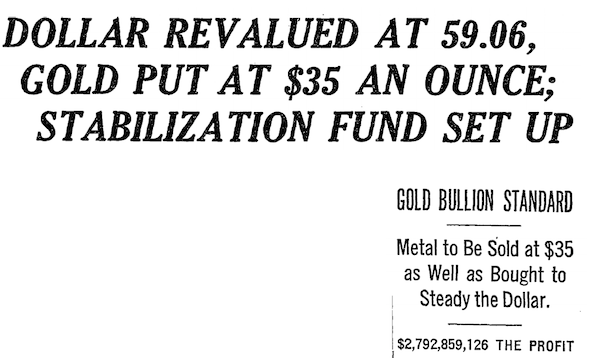
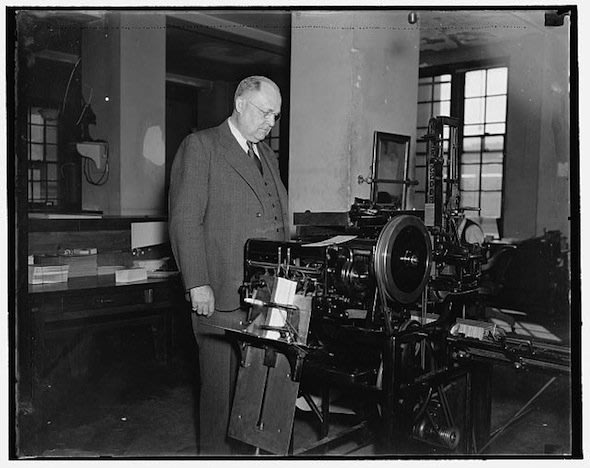
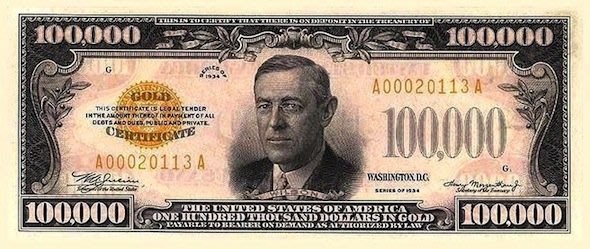
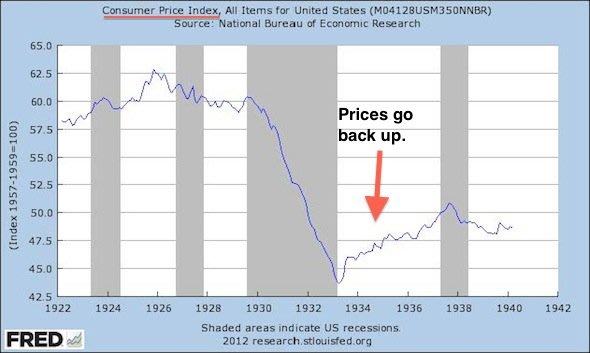

0 comments:
Post a Comment